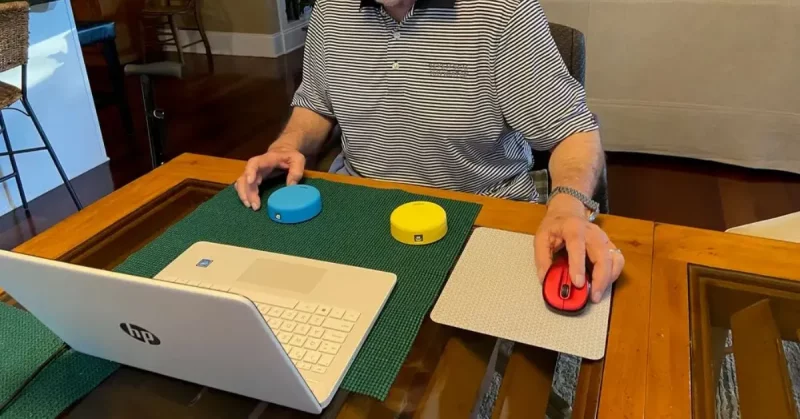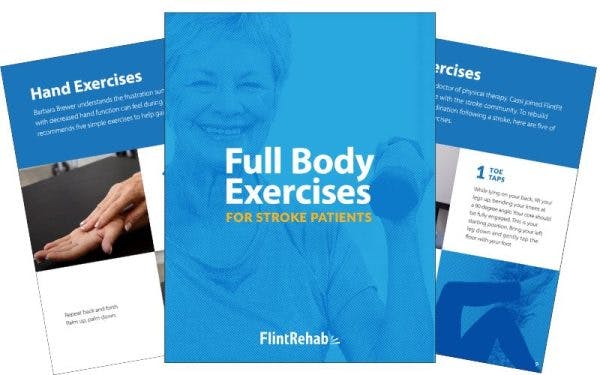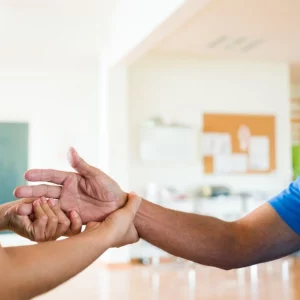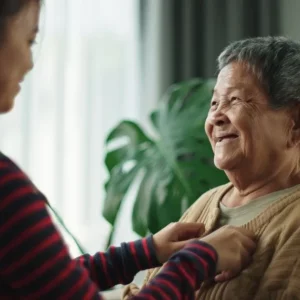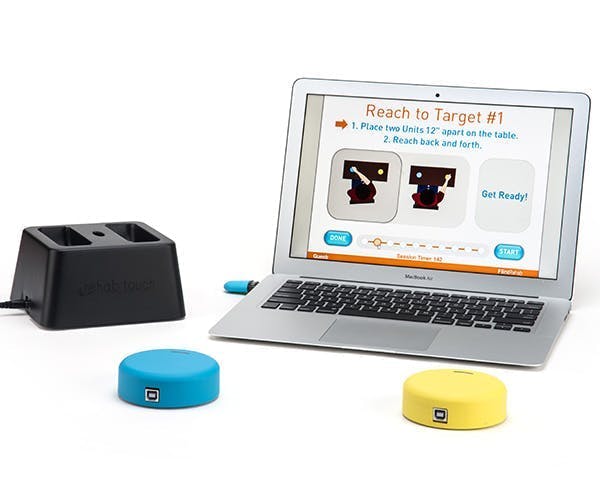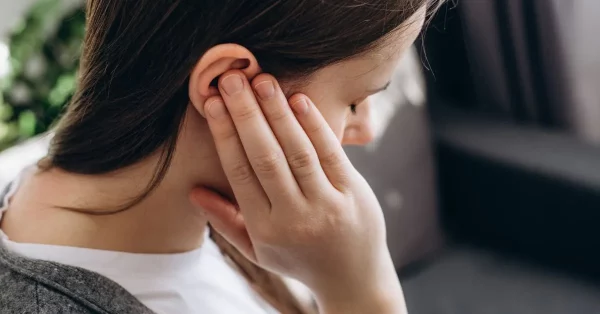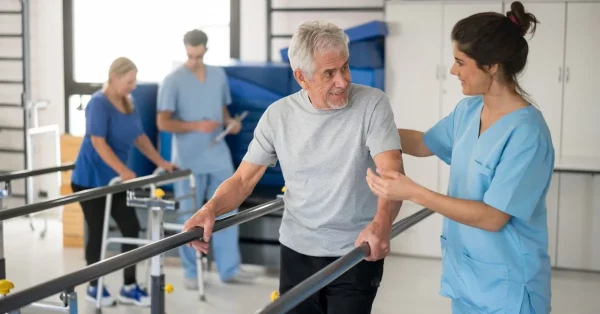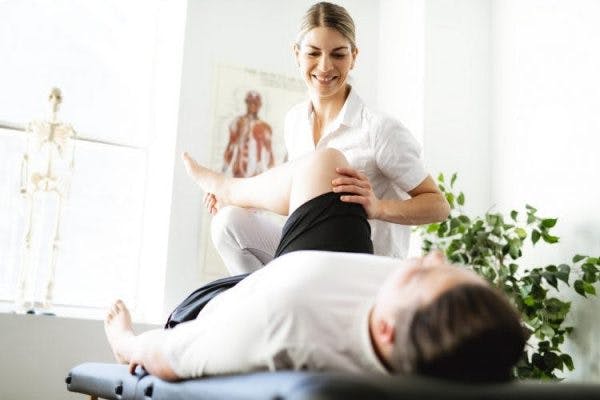Recovering from a stroke brings many changes, including learning to adapt to new physical abilities. If you’re dealing with limited use of one hand or arm, you might wonder what activities are still possible and enjoyable. The good news is that countless engaging pursuits await you, each offering opportunities for creativity, social connection, and personal fulfillment.
This comprehensive guide explores 25 activities specifically chosen for their one-handed accessibility. Whether you’re looking to rediscover old hobbies or explore entirely new interests, these suggestions can help you stay active, engaged, and connected to the things you love.
Let’s jump in!
Understanding One-Handed Adaptation
Before diving into specific activities, it’s helpful to understand that adaptation is a gradual process. What feels challenging initially often becomes more natural with practice and the right tools. Many stroke survivors discover that focusing on what they can do, rather than what feels different, opens doors to unexpected joys and accomplishments.
Staying engaged after a stroke is essential for your wellbeing and mental health. Furthermore, studies have found that leisure engagement, particularly later in life, is associated with increased longevity. Finding valued, enjoyable activities can instill a sense of purpose, promoting a positive mindset and outlook on life.
The activities listed below range from creative pursuits to physical exercises, social games to practical skills. Each can be modified further based on your specific needs and interests.
Creative and Artistic One Handed Activities to Try After Stroke
1. Digital Art and Design
Modern tablets and smartphones make digital art incredibly accessible. Touch-screen drawing apps allow you to create stunning artwork using just finger movements or a stylus held in your functional hand. Programs like Procreate, Adobe Fresco, or free alternatives like ArtRage offer layers, brushes, and effects that would be impossible with traditional media.
If these programs seem too intense at first, start with a simpler web based program like Canva.
2. Photography
Photography naturally adapts well to one-handed operation. Modern cameras and smartphones feature excellent stabilization and autofocus systems. Consider a camera strap or grip that secures the device to your hand, allowing you to focus on composition and timing rather than equipment handling.
Using a tripod can be another reliable option and many even come with specialized attachments for mounting smartphones used in photography.
3. Watercolor Painting
Watercolors require minimal setup and cleanup compared to other painting mediums. A simple water container, basic brush set, and watercolor pan set provide everything needed. The fluid nature of watercolors creates beautiful effects even with simple brushstrokes.
This can be an incredibly relaxing activity that can be a great outlet for your creative expression.
4. Collage Making
Creating collages using magazines, newspapers, or printed photos requires only cutting and gluing. Spread materials on a table surface and arrange them before gluing down. This art form encourages creativity without requiring drawing skills, and the process of selecting and combining images can be deeply satisfying. For those who have trouble with manipulating paper while using scissors, it may be easier to use specialized scrapbooking tools, such as a small paper trimmer or an X-acto knife with the paper stabilized on a cutting mat.
5. Voice Journaling
Recording audio journals using a smartphone or digital recorder provides an outlet for reflection and storytelling. Simply press record and speak about your day, memories, or thoughts. Many apps now can even transcribe recordings into text automatically, creating a written record of your experiences. Some individuals may enjoy sharing these recordings with family members, including children and grandchildren, which can be a new and unique way of connecting with loved ones.
Technology-Based One Handed Activities
6. Online Shopping and Product Research
Browsing online stores, comparing products, and reading reviews can become an engaging activity that combines research skills with practical benefits. Whether you’re exploring new books, comparing gadgets, or discovering interesting home products, this activity exercises decision-making skills while potentially finding useful items for daily life.
Some companies, including Amazon, will even offer paid options for leaving reviews on different sites.
7. Video Gaming
Many video games accommodate one-handed play, either by design or through adaptive controllers. Racing games, puzzle games, and strategy games often work well. Gaming communities also share tips for one-handed gaming setups across different platforms.
Some games like the MusicGlove can even double up, combining rehab and gaming all in one device.
Learn more about the MusicGlove for stroke recovery.
8. Podcasting or Vlogging
Sharing your experiences, interests, or expertise through audio or video content requires minimal physical setup. Modern smartphones handle recording and basic editing, while free platforms make distribution simple. This activity combines creativity with potential social impact.
9. Online Learning
Educational platforms like Coursera, Khan Academy, or YouTube University offer courses on virtually any topic. Whether learning a new language, exploring history, or developing technical skills, online education provides mental stimulation and motivation toward meeting your achievement goals.
Many sites now even offer certificates so that you can display your progress and even open up new options for returning to work.
Physical and Wellness One Handed Activities to Try After Stroke
10. Chair Yoga
Yoga adapted for seated practice focuses on breathing, gentle stretching, and mindfulness. Many poses translate well to chair-based versions, providing flexibility benefits and stress relief. Online classes specifically designed for chair yoga make getting started easy.
You can find videos on YouTube to see if this would be a good fit for you before trying it out.
11. Tai Chi
The slow, flowing movements of Tai Chi can be adapted for seated practice or standing with support. This ancient practice emphasizes balance, coordination, and mental calm. Many communities offer adaptive Tai Chi classes specifically for people with mobility considerations.
Check out our Tai Chi for stroke recovery on YouTube.
12. Swimming
Water provides natural support and resistance, making swimming an excellent one-handed exercise. Many swimming strokes can be modified or adapted. Pool walking, water aerobics, and floating exercises also provide cardiovascular benefits with low impact on joints.
Many local rec centers and gyms offer classes that you can try out for free with an instructor to guide you through.
13. Resistance Band Exercises
Resistance bands offer variable difficulty levels and can be anchored to doors, chairs, or other stable objects. This allows for strength training and physical therapy exercises that target different muscle groups while accommodating one-handed use. Resistance training can provide a number of health benefits and you can easily get started at home.
Shop resistance bands on Amazon.
Social Activities You Can Perform One Handed After Stroke
14. Card Games
Many classic card games work perfectly with one hand, especially when using a card holder or fan. Games like Solitaire, Hearts, or Gin Rummy provide mental stimulation. You can also find plenty of online versions that connect you with players worldwide, adding social interaction.
15. Board Game Adaptations
Modern board games increasingly consider accessibility. Game pieces with larger handles, magnetic boards, or digital versions of favorite games maintain the social aspects of gaming while accommodating physical limitations.
16. Video Calling with Family and Friends
Regular video calls with loved ones provide crucial social connection. Learning to use platforms like Zoom, FaceTime, or Skype becomes a valuable skill that maintains relationships across distances.
17. Writing and Correspondence
Whether through traditional handwriting, typing, or voice-to-text software, maintaining correspondence keeps you connected with others. Consider starting a journal, writing letters, or even beginning that book you’ve always wanted to write.
Many stroke survivors have found writing about their experience to be both cathartic and rewarding as they help others navigate this difficult journey.
Practical Skills That You Can Perform One Handed After a Stroke
18. Cooking and Baking Adaptations
Many recipes can be adapted for one-handed preparation. Using tools like food processors, mixing bowls with suction bases, and pre-cut ingredients makes cooking accessible. Baking simple recipes like muffins or cookies provides both activity and delicious results.
Shop accessible cooking tools on Amazon.
19. Gardening
Container gardening, raised beds, or vertical gardening systems bring gardening within reach. Lightweight tools, ergonomic grips, and choosing appropriate plants make this rewarding hobby accessible. Indoor herb gardens provide year-round growing opportunities.
20. Organization Projects
Reorganizing closets, photo albums, or digital files provides a sense of accomplishment while improving daily life. These projects can be broken into small, manageable tasks that provide ongoing goals and visible progress.
Learning and Skill Development Activities That You Can Do One Handed After Stroke
21. Language Learning
Language learning apps like Duolingo, Babbel, or Rosetta Stone make acquiring new languages engaging and accessible. These programs use audio, visual, and interactive elements that work well with one-handed operation.
22. Musical Instruments
Several instruments accommodate one-handed play beautifully. The piano allows for one-handed melodies and even specialized one-handed repertoire. Harmonica, certain percussion instruments, and electronic instruments with programmable accompaniments offer other options for musical expression.
23. Puzzle Solving
Crossword puzzles, sudoku, word searches, and jigsaw puzzles provide mental stimulation and achievement satisfaction. Large-print versions and specialized puzzle accessories make these activities more comfortable and enjoyable.
Mindfulness and Relaxation That You Can Enjoy With Only One Hand After Stroke
24. Meditation and Mindfulness Practice
Meditation requires no physical tools, making it universally accessible. Guided meditation apps, breathing exercises, and mindfulness practices provide stress relief and mental clarity. These skills benefit overall recovery and wellbeing.
25. Reading and Audiobooks
Whether through traditional books, e-readers with adjustable text size, or audiobooks, literature provides endless entertainment and learning opportunities. Library services often provide free access to extensive digital collections.
Making Activities Work for You
The key to enjoying these activities lies in adaptation and patience with yourself. Consider these helpful strategies:
- Start Small: Begin with shorter sessions and gradually increase duration as comfort and skill develop.
- Use Adaptive Tools: Many products specifically designed for one-handed use can make activities more enjoyable. Research available tools for activities that interest you most. An occupational therapist may be able to give personalized recommendations, if appropriate.
- Focus on Process Over Product: Enjoying the activity itself matters more than achieving perfect results.
- Connect with Communities: Online and local groups for people with similar interests often share tips, encouragement, and friendship.
- Modify as Needed: Most activities can be adapted further based on your specific needs and preferences.
Building Your New Routine After Stroke
Recovery after stroke involves rebuilding daily routines that bring joy and purpose. And these 25 activities can offer great starting points for rediscovering interests or developing new ones.
Remember that what works best for you might be different from what works for others, and that’s perfectly fine. The important thing is staying engaged, challenged, and connected.
We hope you enjoyed our list and wish you the best of luck in discovering your new passions!
